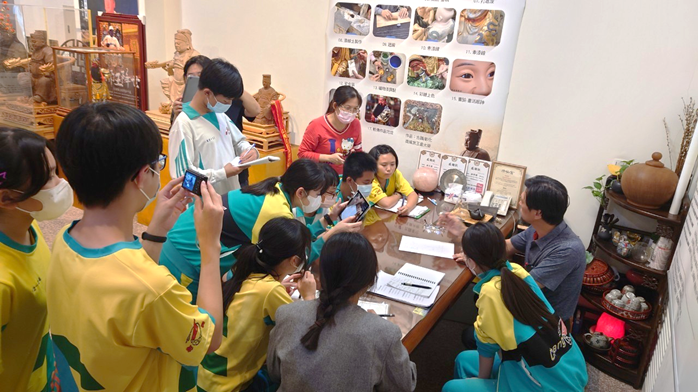Master A-fa did not give up his studies after engaging in apprenticeship but chose to work part-time. In that era, being able to acquire a skill as an apprentice meant that one would not have to worry about his future. As a result, it was very common for apprentices to work part-time while studying. Every day, Master A-fa got up early in the morning, went to work until evening, then went to night school, and continued to work after night school until 12 o'clock before going to bed. He barely had one day off a month and had no fixed holidays. He has persisted in such a lifestyle for countless years, which is admirable! Master A-fa looked back and couldn't help but sigh, the life of the apprentice at that time was really a very good memory to him. Because in that era, as long as people were willing to work, they had jobs to do, and unemployment was rarely a problem unless they didn’t want to work. Back then, most people worked diligently to earn a living. Those who didn't like to work for others would farm in the countryside. Those who were willing to work hard could look forward to a bright and promising future. It was an era of hard work and full of hope!

Figure 2-4a: Master A-fa shares with us every detail of his apprenticeship that he cherishes dearly.
.png)

